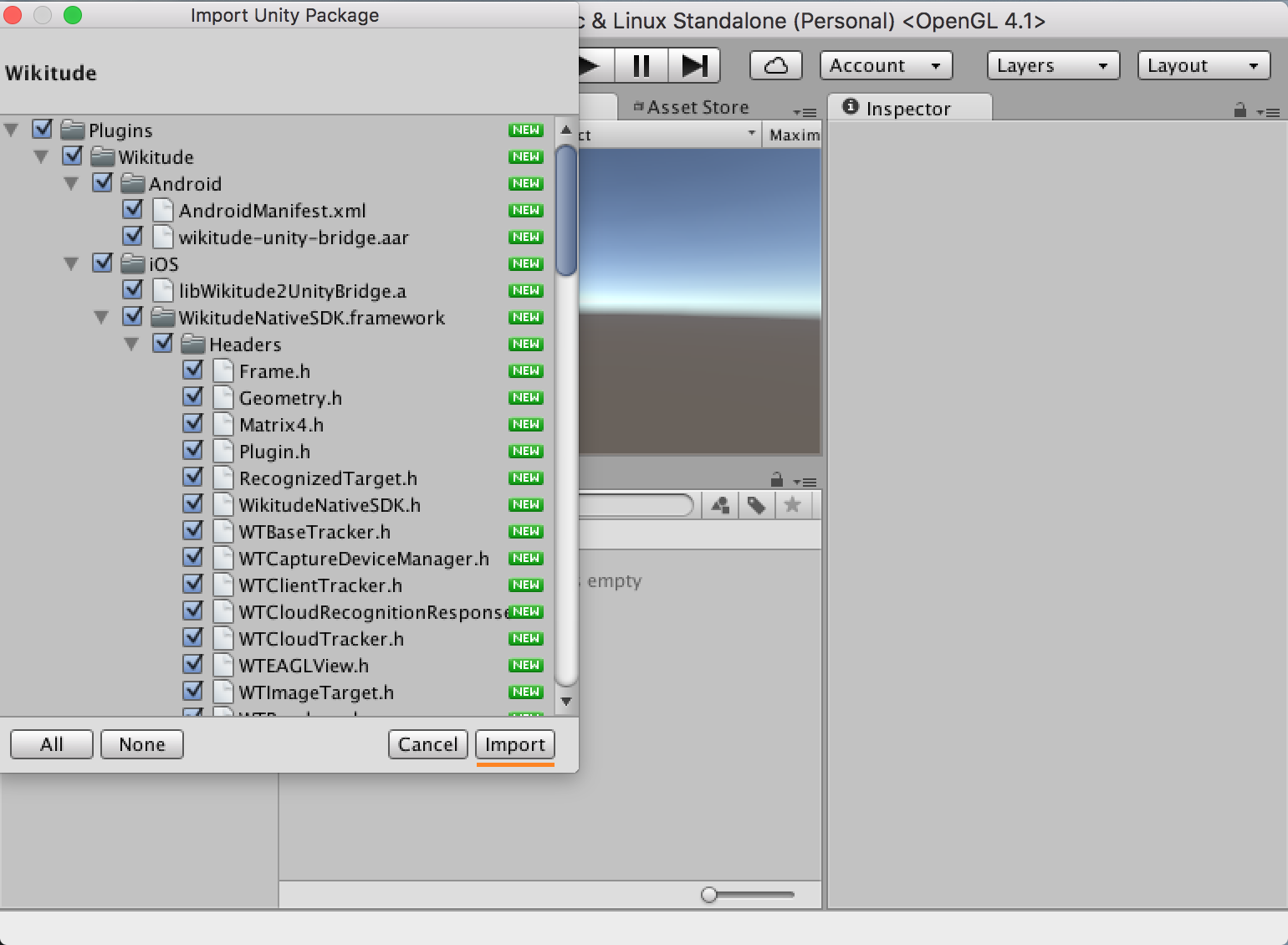
Note that “XR Legacy Input Handlers” may not be listed if you’re using an older version of Unity. The two we’re looking for are “Open VR” and “XR Legacy Input Handlers.” Select them to install, and close the Package Manager. Head back up to your finder bar at the top of the screen and mouse over “Window” then click on “Package Manager” and select the tab “All.” This is a long list of available packages to install in your project. Install OpenVR and XR Legacy Input packages Sit back and relax while your computer does its thing.

Your Unity project may ask if you want to update the Oculus Plugin Utilities. Once the Asset Store window opens, search for “Oculus Integration.” Download this plugin, or import it into your project if you already have it downloaded. To download and/or import the plugin, go to Unity’s Asset Store along the finder bar at the top of your screen.

The Oculus plugin is compatible for the Quest and all other Oculus devices. Oculus tries what it can to make building for its devices easy on the developers. Lastly choose the folder location where you’d like to save this project. Name it something unique that you’ll remember. Let’s open up Unity and create a new project. To develop for Oculus Quest, you’ll want the 2017.4 version of Unity or higher. When installing Unity, make sure you install the Android Build Support with it. It’s free and available on Unity’s website here. If you haven’t installed Unity yet, let’s get that process started.

You’ll be able to manage all Oculus devices through this app. Skip to the Technical Steps Hot to Enable Developer Mode on your Quest 2įirst up, you’ll have to download the Oculus app onto your phone. We’ll be developing our Oculus Quest in OpenVR because of its cross-platform capabilities. In this tutorial, we’ll demonstrate how to setup your Oculus Quest with Unity for development: from putting your device into developer mode, to setting up your Quest controllers.


 0 kommentar(er)
0 kommentar(er)
